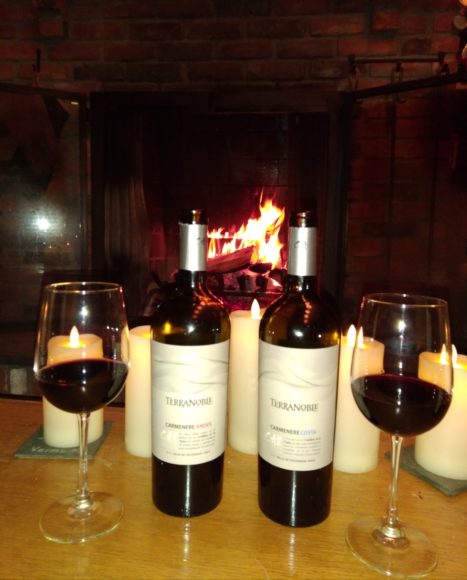I will often serve wine and write wine stories to help people experiment with and taste new grapes and break away from long-instilled habits, expanding their palate and their future choices. Lesser-known grape varieties or regions can often be purchased for less money retail or cherry picked from a restaurant’s wine list for a fraction of the cost of better-known grapes, producers or regions. Wines from Austria, South Africa, the Pacific Northwest or Portugal can often be more attractively priced than wines from Napa, California, France, Italy and Spain. Similarly, wines made from the Blaufränkisch, Barbera, Assyrtiko and Picpoul grapes often will stretch your dollars compared to the noble and well-known grapes.
Near the end of the American Civil War, phylloxera was decimating vineyards all over Europe. Phylloxera is a sucking louse that attacks grape vines just below the soil surface. Grape vines throughout Europe were shriveling and desiccating, and grape production was becoming untenable. With the discovery that American rootstock was impervious to this pest, vineyards were replanted by grafting little twig canes onto this American rootstock. Carménère was one of the original grapes of Bordeaux, along with Cabernet Sauvignon, Cabernet Franc, Merlot and a few others, all thought to have descended from the Cabernet Franc clone. Carménère requires a longer growing season than the other grapes of Bordeaux and often would not ripen properly. Attempts to replant this finicky grape were mostly abandoned.
Grape vines were established in Chile by the Spanish conquistadors in the mid-1500s as the Roman Catholic Church was expanding its influence around the world. In the mid-1800s, some Chilean producers brought in some of the Bordeaux cuttings to improve the quality of Chilean wines. It wasn’t until 1994 that French ampelographer (grape botany expert) Jean-Michel Boursiquot conducted some research and found that some of the Chilean Merlot plantings took much longer to ripen properly and tasted different than standard Merlot. DNA analysis determined that close to 50% of the Chilean plantings were actually Carménère cuttings harvested from pre-phylloxera Bordeaux. Carménère, a grape long thought to have been essentially extinct, was resurrected.
Today, France has about 70 acres planted to Carménère while Chile has 21,800 planted acres. Chile has a better environment with long dry days and volcanic, sandy soils for the proper ripening of this grape. Carménère’s lighter tannins and high acidity make it food friendly and easy to pair with a variety of foods, including fish dishes. Some other regions growing Carménère are Oregon, Washington state and northeast Italy. I visited Chile in April 2012 and tasted many Carménères overlooking the soon to be harvested vineyards.
Recently, I tasted two Carménères from one producer in Chile. The TerraNoble Carménère Costa, 2018 showed a dark garnet color with lush flavors of black fruit, black cherry and raspberry held together by a lovely spiciness of cedar and fine black pepper. The Terra Noble Carménère Andes, 2018 presented dark and red fruit, ripe red raspberries and hints of cinnamon with an attractive tannin balance. Both of these wines were 14.5% ABV (Alcohol By Volume) and both were delicious. Either wine can be purchased for under $20 and it appears they would be quite improved with some cellaring time. And keep this in mind for any Southern Hemisphere wine: It will be six months older than a same vintage-year Northern Hemisphere wine. An additional six months of blending and resting in the bottle can be a significant time in terms of ABV percentage for a young wine.
Nov. 24 of each year is now officially Carménère Day. This is the day Chile recognizes Carménère as one of its signature grapes for wine production. If I were in charge, I would make the vernal equinox in the Northern Hemisphere (this year March 20) a second Carménère Day. The vernal equinox ushers in spring, the season of rebirth — a fitting time for a grape that has been rediscovered. Look for some Carménère for your spring table. It’s thematically appropriate and it pairs well with virtually any dish. Cheers.
Write me at doug@dougpaulding.com.


